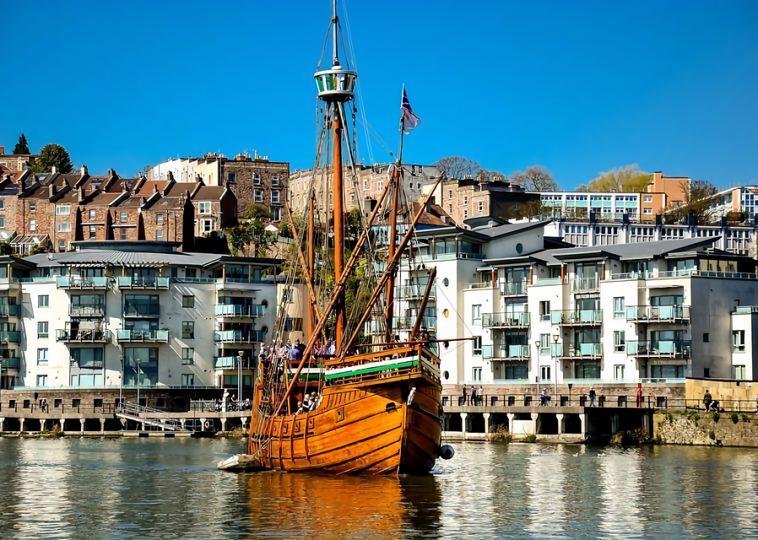5 Great Places to See and Visit in Bristol, England

Contents [hide]
With around 400,000 inhabitants, Bristol is the largest city in the south of England after London and the largest shipping port in England. It received a royal charter in 1155 and was one of the largest cities in England until the rise of Liverpool, Birmingham, and Manchester during the Industrial Revolution.
Bristol suffered extensive bombardments during the Second World War and a steep decline in its manufacturing industry. The port of Bristol grew up in the Middle Ages because of its location near the Avon and Frome rivers. At the beginning of the nineteenth century, this area was transformed by the construction of locks in the closed floating port.
The Clifton Suspension Bridge

Floating high above the Avon Gorge and the River Avon, this is not an attraction for those afraid of heights! The bridge opened in 1864 and offered stunning views of the river and the surrounding parks and buildings. The bridge is open 24 hours a day and manned seven days a week.
In local folklore and myth, a kite carried the first rope over the gorge. But the most likely scenario was that hemp ropes were carried down the ravine, moved across the river by boat, and then pulled to the other side. This was used to carry each link in the chain in the middle.
Brunel’s SS Great Britain

Britain was the first steam-powered passenger ship in the world. It took its maiden voyage in 1845 and was the longest ship in the world for nearly a decade. Unfortunately, since it was so big, it took a long time to build, and the owners eventually went bankrupt not long after the launch.
At the time of the launch of SS Britain in 1843, she was the largest ship in the world. It was also the first helical, oceanic, iron steamship, a revolutionary vessel, and a forerunner of all modern shipping. Initially designed for the emerging transatlantic luxury passenger trade, the ship carried 252 first- and second-class passengers and 130 crew members.
Bristol Museum and Art Gallery

It’s not too overwhelming and easy to see in one day. When it comes to art, Bristol is the place to go! The city has a thriving theater scene, so it’s worth seeing a show. This year (2016), the Bristol Old Vic celebrates its 250th anniversary, making it the oldest functioning theater in the UK.
Other top venues in the city are the Bristol Hippodrome, the Tobacco Factory Theaters, and the many comedians and musicians who perform at Colston Hall. As the home of famous graffiti artist Banksy, it is unsurprising that Bristol is known as one of the UK’s most creative cities.
St Nicholas Market

Right on the old Corn Exchange, this is a great, bustling market with more shops than you could go through in one afternoon. Founded in 1743, the Nicholas Market is Bristol’s oldest and most popular market, famous for some of the city’s best food. With over 60 stalls, this market is a must for every visitor to the town.
Nicholas Market also houses several outdoor markets on the pedestrian streets alongside the Exchange Building. St Nicholas Market has been awarded as one of the ten best markets in the UK and houses the most extensive collection of independent retailers in Bristol.
Bristol Cathedral

It is a beautiful cathedral built during the Norman era and was originally the Abbey of Saint Augustine (the guy with the quote). To make the most of your visit, visit the cathedral on Saturdays at 11:30 or 13:30 or on Tuesdays at 14:15. The cathedral is a place for various entertaining musical events.
From big concerts with national choirs to intimate lunchtime concerts with just one piano and one singer. The lunchtime concerts take place every Tuesday at 1:15 pm in the Domchor. They consist of a series of organ evenings on the magnificent Walker instrument of the cathedral.


